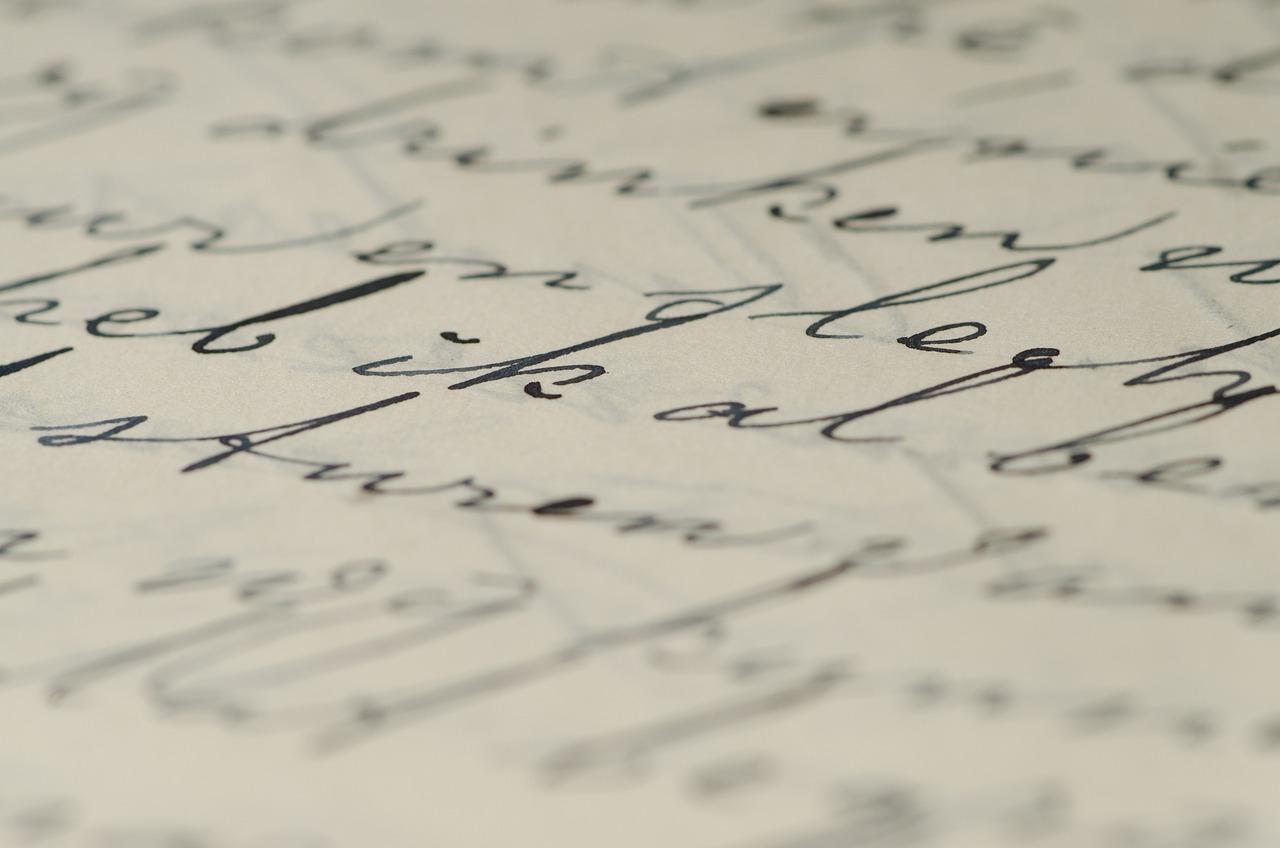If you have just started your writing journey, you might be wondering about how you can find an editor. Finding an editor is easy – but – you need to know the essential steps that will get you there.
Keep reading.
Do the Research
The very first step to finding an editor is what you are doing right now – you are doing the research and educating yourself to know your options. It is incredibly important for a new author to understand what it means to have an editor, what the potential types of editing are, and what stage of their writing journey is a good match for the different types of editing.
Developmental Editing
Generally, there are four different types of editing that you need to look into during the process of editing your manuscript. The first two editing processes happen when you are preparing to launch your book. Another editing process will only happen after you have a final draft in your hand.
The first two editing types are known as developmental editing, which is a global-type editing. You can hire the best developmental editing services for this phase and have a professional or a team of professional developmental editors take a look at whether the chapters are working together and whether you have answered all the questions the readers are going to have over the course of the book.
The developmental editors will also assess whether your manuscript or the story actually comes to a satisfying completion.
Line Editing
Line editing is also known as the art of the sentence. If you hire line editors, they will go through your manuscript line-by-line. They will make sure that you don’t have grammatical mistakes and that the sentences in your draft are really flowing and easy to read.
Furthermore, line editors will ensure that you don’t have unnecessary or extra words. They will ensure that you don’t skip over words that actually should have been there. So, line editing is exactly what it looks like, where you will be going line by line and sentence by sentence, looking for things to fix.
Copy Editing
Once all the basic revisions are made to the manuscript and you have improved your draft, it is time to copy-edit it. Ideally, at this point, you have something that is considered a final draft, which is why you can address the technical aspects of your draft now.
Copy editing is the stage of editing where you are looking for consistency and formatting. This is also the aspect that separates a traditionally-published book from most self-published books. Why, you might ask. The underlying reason is that most self-published books don’t really see the point of copy-editing.
It wouldn’t be wrong to state that copy-editing is one of those invisible edits unless you don’t go for it. But – if you plan to self-publish your book and you ignore copy-editing, then you should know that your readers will know. They will leave reviews for your book and say that your book wasn’t well-edited.
The thing is that without copy-editing, you will have a few mistakes that shouldn’t be there. You will also have to deal with formatting inconsistencies. Now you know why it is incredibly important to have your manuscript or final draft copy-edited before sending it out for publication.
Proofreading – The Final Stage
Once you have completed all the important editing phases, you should know that it is time to have at least one round of proofreading, especially after the book is set into type. This phase is incredibly important because this is the phase that separates books that have typos from books that only have one or two typos.
The thing is that every book will have a few typos, so it is important for you to expect it. So, it is on you to decide whether you want to have a few typos in your book or a typo on every page of your book. Nonetheless, hiring a proofreader as the final step before sending your book out to publication can actually make a huge difference to the reading experience, and it really is what gets sorted out once the book is set into type and proofread by a professional proofreader.
Asses Your Process
Now that you know the different types of editing, you should ask yourself where you are in your writing, at which stage you are in drafting your manuscript, and which editor you might need at that stage. Also, before hiring an editor who is suitable for the respective sage, you should ask yourself whether you are writing a book proposal or whether you are writing a complete manuscript.
Yes – you read this right. Establishing these differences can make a big difference in how you are completing the book project. For instance, if you are planning to opt for the traditional route of getting your book published, you will need a book proposal.
However, if you are planning to self-publish your book, then you can obviously skip the book proposal and get straight to the manuscript. But – you get the point. You need to know which and what of those places you are in before you can start looking for a suitable editor.
Find An Editor
Once you know where you are at in your book-writing process, you can start looking for an editor. One of the best ways to get there is to put together a list of the qualifications that you would like to see in our editor. For instance, you might want to choose an editor who is personally interested in or has experience in the genre that you are writing.
For instance, if you are working on a novel, you need to select an editor who is personally interested in novels. This aspect is specifically true for the developmental and line edits because, at these points, the editors will be working on the art of your book. So, the editor needs to have a deep experience with that genre.
When it comes to copy editing, you don’t necessarily need to find someone who has been working in your genre, as they will be focusing on the technical aspects of your manuscript.








